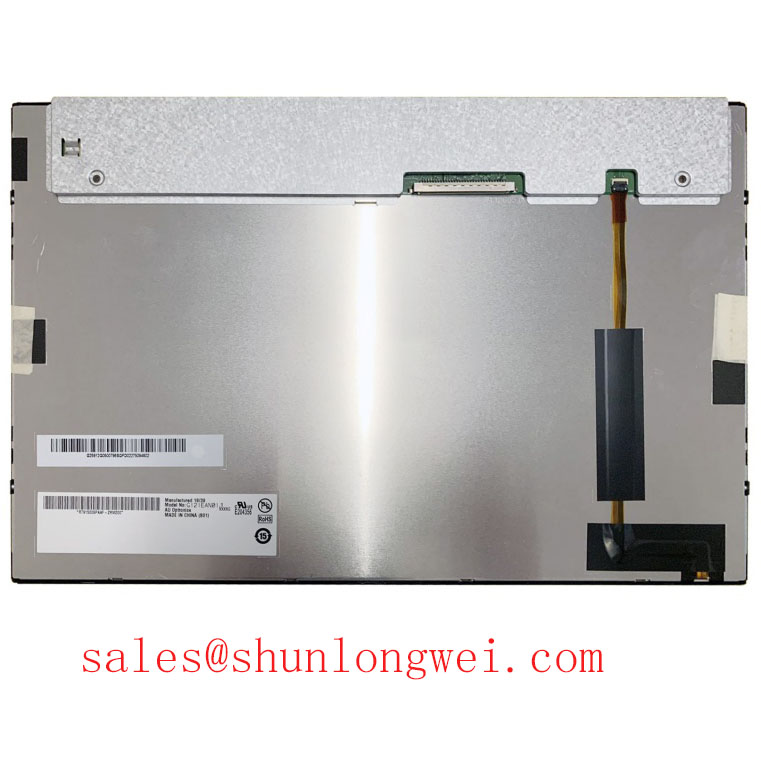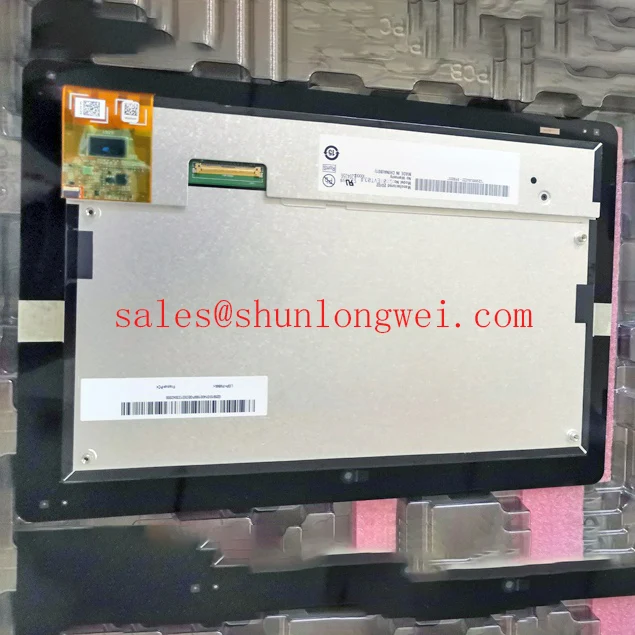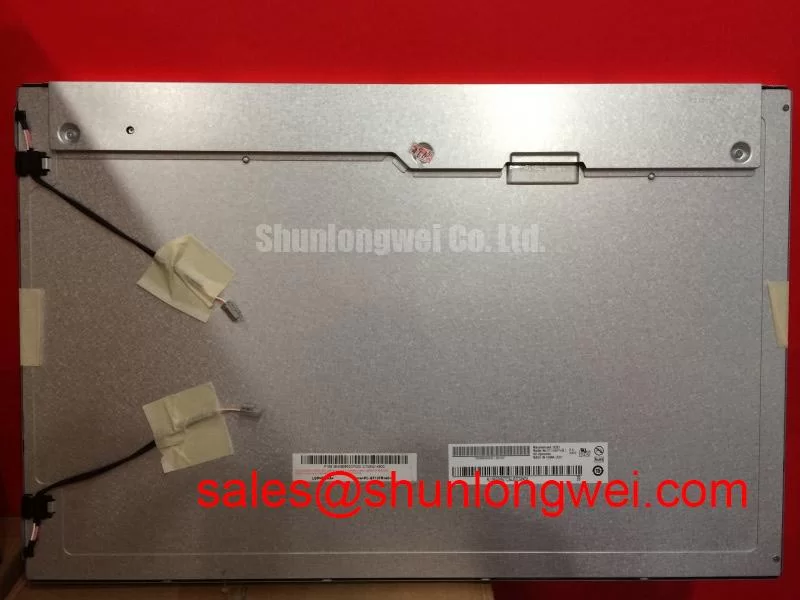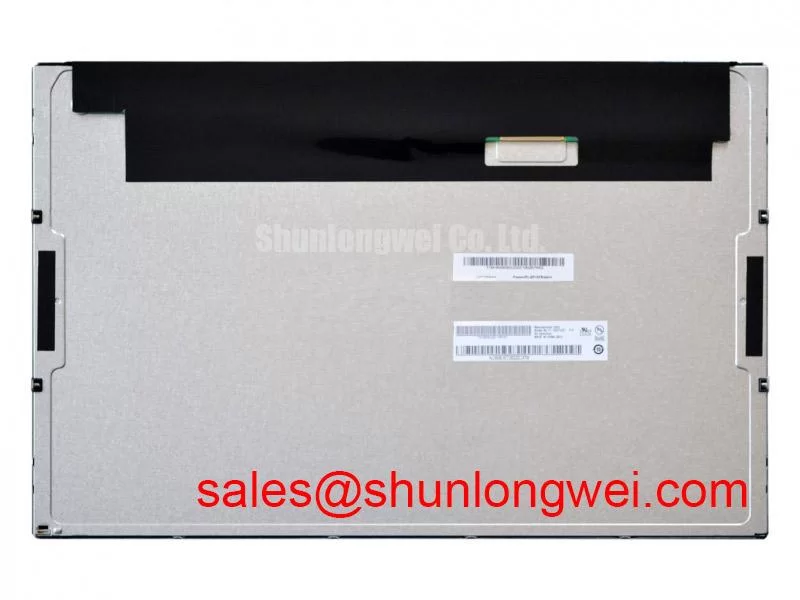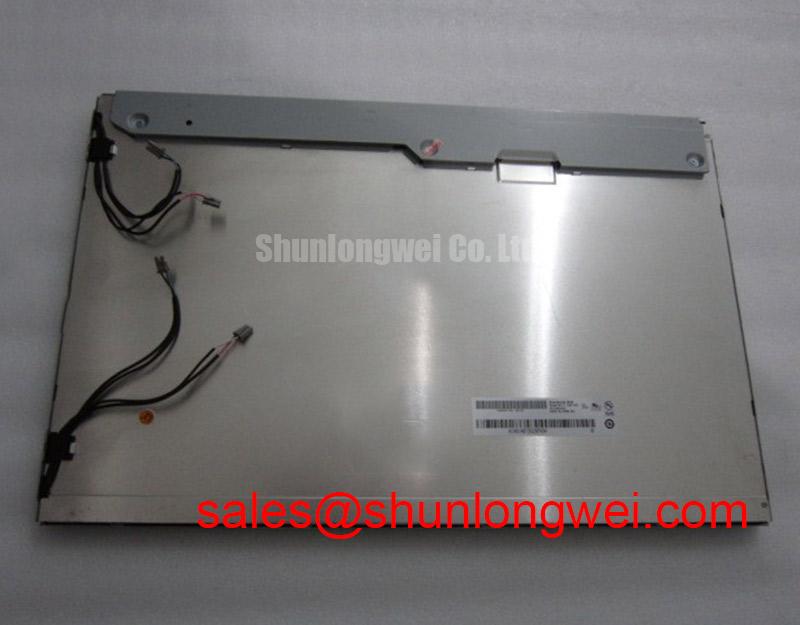Content last revised on November 14, 2025
AUO G101UAN02.0: High-Brightness WUXGA Industrial LCD
Engineered for exceptional clarity and environmental resilience, the G101UAN02.0 delivers dependable visual performance for demanding applications.
As industrial automation and outdoor systems demand higher data fidelity, the AUO G101UAN02.0 addresses the need for displays that perform under challenging environmental conditions. This 10.1-inch TFT-LCD module provides WUXGA resolution with robust operational integrity. Key Specifications: 1920x1200 Resolution | 1000 cd/m² Brightness | -20 to 70°C Operating Temperature. The primary advantages are its superb sunlight readability and consistent off-axis image quality. For engineers wondering about its suitability for outdoor use, its wide operating temperature range and high brightness directly answer the need for reliable performance in fluctuating thermal and high-ambient-light environments.
Deconstructing the G101UAN02.0's Resilient Architecture
The G101UAN02.0 is constructed around key technologies that directly contribute to its operational robustness and long-term dependability. At its core is AUO's Advanced Hyper-Viewing Angle (AHVA) technology, a variant of IPS (In-Plane Switching), which is fundamental to its visual performance. AHVA ensures that color and contrast remain stable across extremely wide viewing cones (89° in all directions), preventing the color inversion or washout common in lesser technologies when viewed from an angle. This is critical in HMIs or informational displays where operators may not be positioned directly in front of the screen.
Further enhancing its suitability for diverse environments is the anti-glare surface treatment. This etched finish diffuses reflections from overhead lighting or sunlight, reducing specular highlights and preserving image contrast. The engineering value here is direct: it improves operator focus and reduces visual fatigue, contributing to both productivity and safety. What ensures its high visual acuity? The combination of a high 1000:1 contrast ratio and a 1000 nit backlight provides the dynamic range needed for clear visuals, from dark factory floors to bright outdoor settings.
A Factual Comparison for Informed System Design
To assist in the evaluation process, this section provides a side-by-side data comparison. The purpose is to present objective specifications that allow engineers to assess component fit based on their specific system requirements. We present the data without endorsement, empowering a decision based purely on technical merit. For systems that may require a different balance of features, the G101EVN03.1 offers an alternative set of specifications for consideration.
| Feature | AUO G101UAN02.0 | Typical Competing 10.1" Module |
|---|---|---|
| Resolution | 1920 x 1200 (WUXGA) | 1280 x 800 (WXGA) |
| Brightness (cd/m²) | 1000 | 400 - 500 |
| Operating Temperature (°C) | -20 to +70 | 0 to +50 |
| Viewing Technology | AHVA (89/89/89/89) | TN (65/65/50/50) |
| Interface | LVDS (2 ch, 8-bit) | LVDS (1 ch, 6-bit) |
Core Specifications for the G101UAN02.0
The technical parameters of the AUO G101UAN02.0 are foundational to its performance in demanding HMI and instrumentation roles. Understanding these specifications is key to successful system integration.
Display Characteristics
The panel's native 1920x1200 resolution in a 16:10 aspect ratio allows for the display of full HD video content with additional space for controls or status indicators. The luminance of 1000 cd/m² is a critical factor for its use in outdoor or brightly lit indoor areas, a key topic covered in our guide to sunlight-readable HMIs. This high brightness, paired with a 1000:1 contrast ratio, ensures deep blacks and vibrant colors, making on-screen data easily discernible.
Electrical and Interface Properties
The G101UAN02.0 utilizes a dual-channel, 8-bit LVDS interface, capable of rendering 16.7 million colors for true-to-life image reproduction. An integrated WLED driver simplifies the design process, reducing the need for external backlight control circuitry. This integration not only saves board space but also ensures the driver is perfectly matched to the backlight's requirements, contributing to overall system reliability. For engineers planning integration, the availability of a complete datasheet is essential. You can download the datasheet for G101UAN02.0 here.
Deployment Scenarios Demanding Visual and Mechanical Integrity
The specific combination of high resolution, wide temperature range, and superior viewing angles makes the G101UAN02.0 particularly well-suited for applications where operational failure or poor readability carries significant consequences. Its features provide tangible benefits across several sectors.
- Industrial Control Panels: In factory settings, HMIs must be readable from various angles and under harsh industrial lighting. The AHVA technology and anti-glare coating ensure operators can accurately monitor processes and react quickly, which is fundamental to the principles of modern industrial display design.
- Outdoor Kiosks & Digital Signage: The -20 to +70°C operating range allows for deployment in enclosures that are not climate-controlled. Its 1000 nit brightness cuts through direct sunlight, making it effective for ticketing machines, EV charging stations, and public information displays.
- Marine Electronics: On a ship's bridge, displays are subject to glare and must be viewable by multiple crew members simultaneously. The G101UAN02.0's wide viewing angles and high brightness address these specific challenges, providing clear navigation and system data. For portable medical diagnostic equipment, its high pixel density (224 PPI) allows for sharp, detailed imaging necessary for accurate analysis.
Best Fit Scenario: For outdoor HMIs requiring Full HD+ resolution and operability below freezing, the G101UAN02.0's -20°C rating and 1000 nit brightness make it a technically superior choice over displays limited to 0°C operation.
Strategic Advantages in High-Reliability Systems
Integrating a component like the AUO G101UAN02.0 can offer strategic advantages that extend beyond its immediate technical performance. In the context of industrial and outdoor equipment, durability and reliability directly impact the total cost of ownership (TCO). The wide operating temperature range reduces the risk of field failures due to environmental extremes, minimizing service calls and replacement costs. This aligns with the industry trend toward creating more autonomous and resilient systems that require less frequent human intervention.
Furthermore, the high-resolution 16:10 aspect ratio is a forward-looking feature. As software interfaces become more data-rich, the additional vertical screen real estate allows designers to create more effective and less cluttered user interfaces. This enhances usability and can improve operator efficiency—a key goal in the design of next-generation industrial machinery and diagnostic tools. By selecting a display with this level of environmental and visual capability, engineering teams can build a more robust and competitive end product.
Frequently Asked Questions
1. What is the primary engineering advantage of AHVA technology compared to standard IPS?
While both are forms of in-plane switching, AHVA, as implemented by AUO, is often optimized for higher transmittance. This allows for greater brightness with equivalent power consumption or similar brightness with lower power draw from the backlight. For a portable or power-sensitive industrial device, this can translate to longer battery life or reduced thermal load, which are significant system-level benefits.
2. How does the integrated LED driver in the G101UAN02.0 simplify system design?
An integrated LED driver circuit means that designers do not need to source, qualify, and lay out a separate constant-current driver for the WLED backlight. The display accepts a single voltage input for the backlight, and the onboard driver manages the precise current control and dimming (via PWM signal). This reduces component count, simplifies the motherboard layout, shortens development time, and can improve EMI performance by keeping high-frequency switching currents localized on the display's own PCB.
Request for Information
To receive further technical documentation or to inquire about this component for your project, please contact our technical support team. We provide engineering-level data to support your design, evaluation, and procurement processes. Our goal is to furnish the precise information needed for your team to make a confident and informed decision regarding the G101UAN02.0 or other display solutions.







